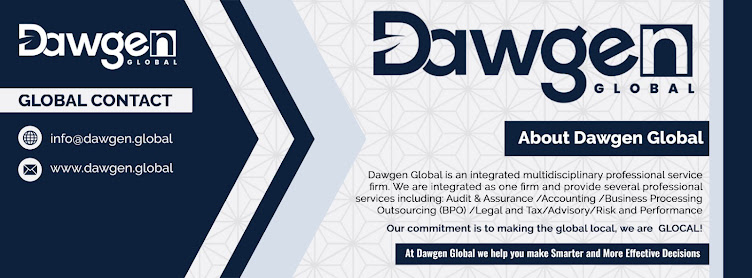SWOT analysis and sustainable business planning | UHY Dawgen Chartered Accountants Blog:
SWOT analysis (alternatively SWOT Matrix) is a structured planning method used to evaluate the Strengths, Weaknesses, Opportunities, and Threats involved in a project or in a business venture. A SWOT analysis can be carried out for a product, place, industry or person. It involves specifying the objective of the business venture or project and identifying the internal and external factors that are favorable and unfavorable to achieving that objective. The technique is credited to Albert Humphrey, who led a convention at the Stanford Research Institute (now SRI International) in the 1960s and 1970s using data from Fortune 500 companies. The degree to which the internal environment of the firm matches with the external environment is expressed by the concept of strategic fit.
Setting the objective should be done after the SWOT analysis has been performed. This would allow achievable goals or objectives to be set for the organization.
- Strengths: characteristics of the business or project that give it an advantage over others
- Weaknesses: are characteristics that place the team at a disadvantage relative to others
- Opportunities: elements that the project could exploit to its advantage
- Threats: elements in the environment that could cause trouble for the business or project
Identification of SWOTs is important because they can inform later steps in planning to achieve the objective.
First, the decision makers should consider whether the objective is attainable, given the SWOTs. If the objective is not attainable a different objective must be selected and the process repeated.
Users of SWOT analysis need to ask and answer questions that generate meaningful information for each category (strengths, weaknesses, opportunities, and threats) to make the analysis useful and find their competitive advantage.
To assist you we will evaluate a Real Life Case Study, IKEA.
IKEA is an internationally known home furnishing retailer. It has grown rapidly since it was
founded in 1943. Today it is the world’s largest furniture retailer, recognised for its
Scandinavian style. The majority of IKEA’s furniture is flat-pack, ready to be assembled by the
consumer. This allows a reduction in costs and packaging. IKEA carries a range of 9,500
products, including home furniture and accessories. Detail Case Study using IKEA
'via Blog this'founded in 1943. Today it is the world’s largest furniture retailer, recognised for its
Scandinavian style. The majority of IKEA’s furniture is flat-pack, ready to be assembled by the
consumer. This allows a reduction in costs and packaging. IKEA carries a range of 9,500
products, including home furniture and accessories. Detail Case Study using IKEA










No comments:
Post a Comment